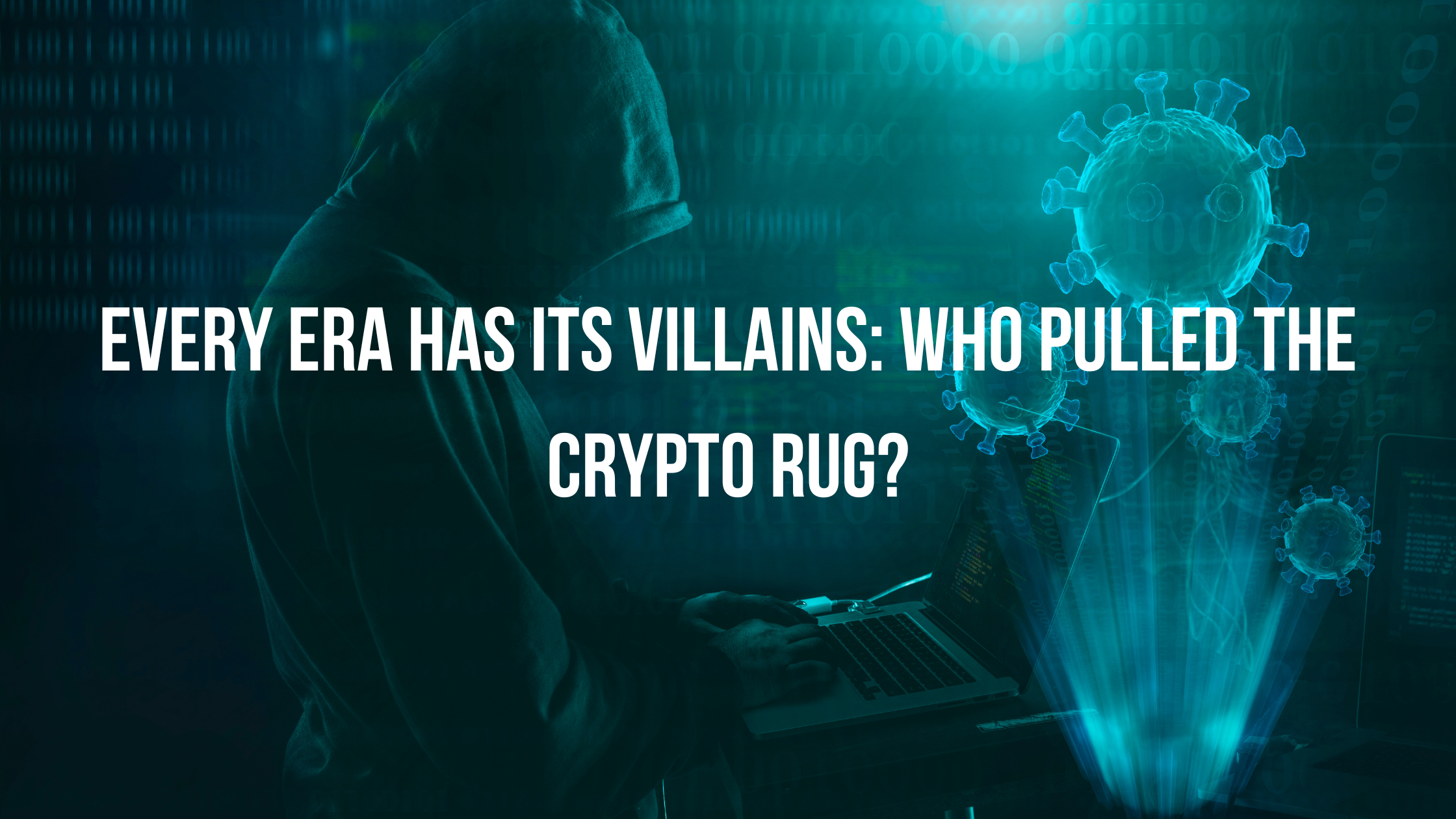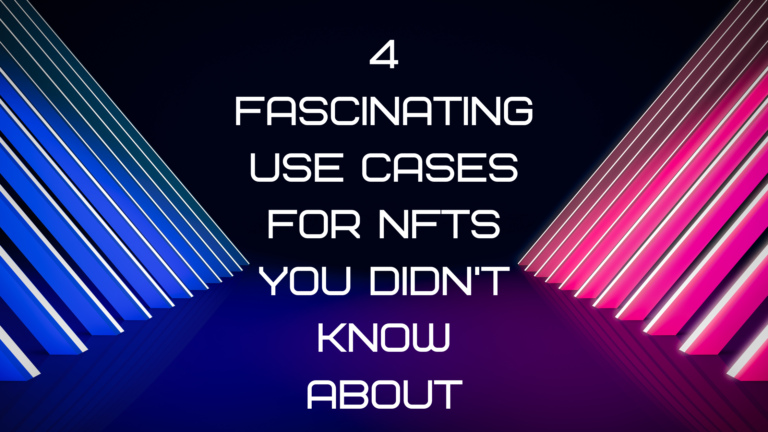
As the third quarter of the year progresses, crypto markets are finally showing some signs of recovery after what has pretty much been months of price battering amid an unhappy backdrop of falling macro economics.
Of course, we aren’t out of the woods yet, and crypto does have a way of spending long years in the bottom before finally surging out to new highs.
The scapegoats for the current “winter” have been many. Some like Terra took more than its fair share of blame but for the NFT sector, one should be reminded that the bad guys have always been there and continue to present clear and present dangers to the would-be investor.
Azuki: From the bestselling NFT collection to a hot, steamy crisis.
Chiru Labs, the start-up behind Azukis, had a great start to the year. In January they released 8,700 NFTs priced at $3,400 that managed to sell out in only three minutes. Till February, Azukis did approximately $300 million in transaction volume in major NFT marketplaces, and they became the eight most traded tokens of all time. From then things have really heated up, but not all for good. Back in April, a bunch of NFT scammers decided to expose the vulnerability of people wanting to make a quick buck. The scamming villains hijacked Twitter accounts of trusted individuals, changed their profile pics and claimed they were co-creators of the Azuki project to encourage people to claim a bean and connect their Ethereum wallets. And just like that, they stole their NFTs. The Azuki scam is similar to the ApeCoin one that was trending in March. We may get into a debate on the trusting nature of human beings when offered easy money, yet cybercrime has been a permanent resident of our livelihoods for a while now.
On the other hand, the crypto environment called new villains to the stage, and that is the moment when Azuki saw its downfall. Along came May, and Azuki founder, Zagabond, published a blog post discussing the way his three projects before Azuki came to an end. Namely the projects have been abandoned by the original team. Azuki’s price on Open Sea instantly dropped after the post as the NFT community didn’t take such wording lightly. It is correct that Zagabond referred to these projects as failed, yet there is a thin line in the crypto environment between a failure and a rug pull. Failure may not be fatal, yet a rug pull may be. Even an alleged notion of a rug pull caused some severe price fluctuations. The Azuki founder jumped the gun, and the community expressed its attitude towards rug pulls in a heartbeat. What is next for Azuki is there for us to see, but for now let’s just discuss why pulling the rug brings so much fear to the crypto environment.
It is hard to dance when the crypto carpet is moving
Depending on your source of crypto jargon, a rug pull is a scam that happens when the team of creators set up a project, lure in investors, and then they vanish with the funds. It is probably now crystal clear how the scam was named; imagine standing on a rug when someone pulls the rug from under you. You would probably lose your balance and find yourself on the floor, especially if you didn’t see it coming.
The magic behind the rug pull is that investors usually don’t see it coming. Whether referring to it as a failed project or rug pulls, the community is right when being extra cautious. The popularity of such scams is growing since rug pulls amounted to 37% of all scam revenue in 2021 compared to just 1% in 2020. When talking about money, let’s just leave it here that crypto investors lost over $2.8 billion to rug pulls in 2021. This year may yet outdo the previous!
Essentially, we may distinguish three types of rug pulls. The first one is about stealing liquidity, and it is mainly about creating a liquidity pool with their token and pairing it with familiar cryptocurrencies. This is more of a common scheme since it doesn’t require too much technical knowledge. Further, the creators of the token copy the contract code of other tokens, and hence, create publicity around their token that attracts more buyers. And as expected, in the end they pull all the top cryptocurrencies from the tool, leaving their worthless tokens to the investors.
Secondly, the creators’ team may try technical manipulation. Namely, it is about the coder writing some lines of code that make the investors unable to spend or sell the tokens by modifying the ERC20 tokens ‘approve’ function. Namely, the developer makes it impossible for buyers to sell or spend them, but the creators’ team still has that option. And when the prices go up, the team pulls the rug and runs away with the money.
The third most common scam doesn’t involve a lot of technical knowledge, but some economic expertise comes in handy as it is about the creators’ team draining out the shares. The team presents their project as something worthy to invest in, adds a high-value proposition and makes a bunch of promises. Since most investors just aren’t plain stupid, a substantial degree of expertise is needed. When the investors get lured in by believing this is the next big thing, these smart villains sell out their shares and leave the investors with, again, a number of worthless tokens.
Life Hacks: Due Diligence is Everything
We understand that many are interested in the wider NFT space so we feel it is only right to remind and help the community in avoiding rug pulls and other scams that may appear in the crypto world. While even the smartest among us could easily become victims of rug pulls, we would like to give you a few tips and tricks on how to keep on standing on that rug. There might be some sneaky signs for an investor to spot a scam.
First, do your due diligence or in other words, review any white paper, documentation and code available. Take some time to understand the project, its starting point and objectives before smiling at the possible outcome. Try to get a look at the code to avoid any technical manipulation suspicions. Projects that share development updates a lot and are open about what’s going on behind the scenes are rare in this space but if you find one, you should probably count yourself lucky as this is a sure sign that people are actually working to do something.
Then, check the liquidity pools involved and watch out for sus levels. Low liquidity implies that the token in question can be difficult to exchange, and easy to manipulate with. Namely, a trading value of 10% to 40% of the token’s market capitalisation has been deemed as acceptable, but any less can be viewed as suspicious.
It has also been recommended to beware of overnight price increases and too much promotion in a small period in time. Shillers also tend to make their homes in rug pulls waiting to happen, so don’t fall for the empty chatter. Instead, choose projects with active users in their community. NFT communities should have actual artists, gaming communities should have actual gamers.
In the end, you can only do so much, but if you take all these points into account, you put yourself at the best position to NOT end up being on a rug when it’s pulled.






